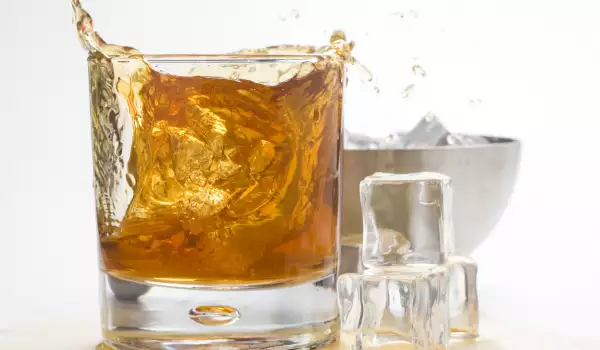A Scottish whiskey, that was launched into space 3 years ago, will return back to Earth in a mere few days, and scientists will find out how low gravity has affected it.
The Ardbeg Distillery, which produced it, has set aside a sample from it. After the alcohol returns from its stay at the International Space Station on September 12, both samples will be analyzed thoroughly in a lab in Houston, writes the Daily Mail. Researchers will compare them in order to find out what changes have taken place.
"That's one small step for man, one giant leap for whiskey, " stated Dr. Bill Lumsden, slightly altering the famous phrase of the first person to step on the Moon.
"The team hopes to uncover how flavours develop in different gravitational conditions - findings which could revolutionize the whiskey-making process. We hope to shine new light on the effect of gravity on the maturation process but who knows where it will lead us? It could be to infinity and beyond, " explained Dr. Lumsden.
The Scottish whiskey that was launched into space won't be the first space alcohol known to man. In 1969, before flying off with Neil Armstrong, American astronaut Edwin Buzz Aldrin showed his Hostia bread and small container filled with wine, given to him by the Presbyterian Church near Houston for Communion.
According to some unconfirmed sources, cosmonaut Aleksandr Lazutkin spoke of how his Russian colleagues often put cognac in their space first aid kits, to boost their immune system and tone their bodies.
During the 70s, NASA and experts from UC Davis attempted to create a wine for the first American space station, Skylab. After a series of experiments, they decided that sherry was the most practical for space, because of its stability and distinct, strong taste.
Experiments with space alcohol did not end there. The International Space Station has cultivated barley, which has been used to make space beer. The drink is offered in Japan for $19 a bottle.



















Comments